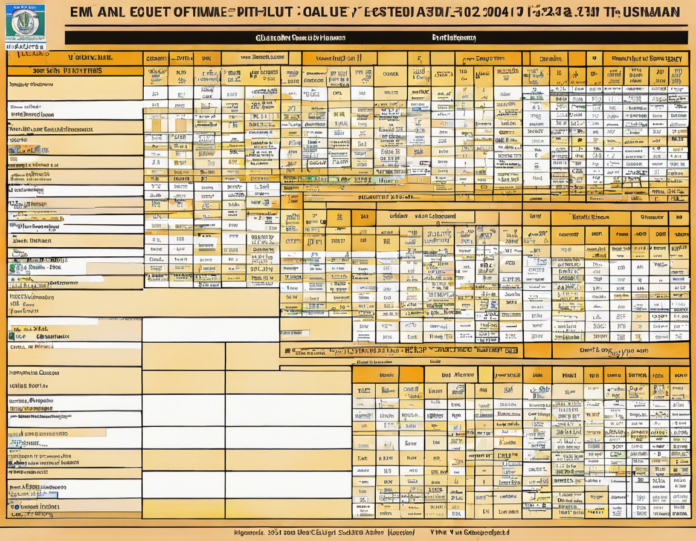As a cue sports enthusiast, having a well-organized cue time table is crucial for improving your game and achieving your desired performance goals. Planning your practice sessions effectively can make a significant difference in your skill development and overall gameplay. In this comprehensive guide, we will explore the ultimate cue time table for 2024, providing you with a structured approach to enhancing your cue sports abilities.
Establishing Your Cue Time Table
Setting Clear Goals
Before creating your cue time table, it is essential to establish clear and specific goals for your cue sports journey. Whether you aim to improve your cue ball control, enhance your position play, or master advanced techniques such as english and safety play, having well-defined objectives will guide your practice sessions and keep you motivated.
Determining Your Available Time
Evaluate your daily schedule and identify pockets of time suitable for cue sports practice. Whether you can dedicate 30 minutes each day or have longer practice sessions on weekends, understanding your available time will help in creating a realistic and sustainable time table.
Allocating Time for Different Aspects
To improve your overall game, divide your practice sessions into specific areas such as fundamentals, strategy, cue ball control, shot making, and pattern play. Allocating dedicated time to each aspect will ensure a well-rounded development of your cue sports skills.
Sample Cue Time Table
Monday to Friday
- 30 minutes: Warm-up drills (e.g., stance, bridge hand positioning)
- 30 minutes: Fundamentals practice (e.g., stance, grip, stroke technique)
- 30 minutes: Cue ball control exercises (e.g., stop shots, follow shots)
- 30 minutes: Pattern play drills (e.g., run-out scenarios)
Saturday and Sunday
- 1 hour: Strategy and safety play analysis
- 1 hour: Shot making drills (e.g., long pots, bank shots)
- 45 minutes: Review of previous sessions and reflection
- 45 minutes: Challenge matches with practice partners
Tips for Effective Practice
- Consistency is key: Stick to your cue time table consistently to see progress.
- Track your performance: Keep a practice journal to monitor improvements and areas for growth.
- Seek feedback: Play matches with stronger opponents and seek feedback to identify weaknesses.
- Stay engaged: Mix up practice routines to stay motivated and prevent monotony.
Frequently Asked Questions (FAQs)
1. How many hours a day should I practice cue sports?
It is recommended to practice cue sports for at least 1-2 hours a day to see noticeable improvements in your game.
2. Should I focus on specific skills or practice a variety of shots?
It is essential to work on a mix of skills, including fundamentals, cue ball control, shot making, and strategy, to become a well-rounded player.
3. Can I practice cue sports at home without a pool table?
Yes, you can practice cue sports fundamentals such as stance, stroke, and bridge even without a pool table using drills and exercises.
4. How can I improve my cue ball control?
To enhance your cue ball control, focus on drills that emphasize speed control, english, and position play.
5. Is it beneficial to watch professional matches to improve my game?
Watching professional cue sports matches can provide valuable insights into strategy, shot selection, and game management, which can benefit your own gameplay.
By following a structured cue time table and incorporating these tips into your practice routine, you can elevate your cue sports skills and enjoy a more fulfilling playing experience in 2024. Remember, consistent and focused practice is the key to unlocking your full potential in cue sports.












